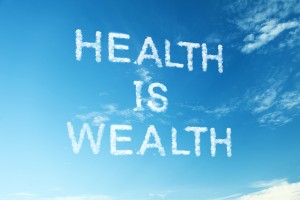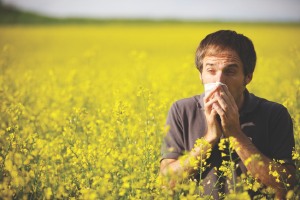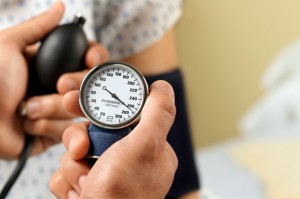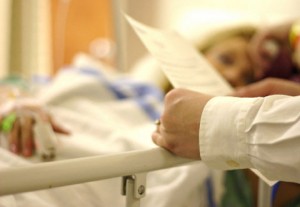 Many effective workplace solutions for aging workers are simple, don’t have to cost very much, and can have large benefits if implemented properly with worker input and support throughout all levels of management. Below are strategies for preparing your workplace for an older and healthier, safer workforce. Consider putting these in place today.
Many effective workplace solutions for aging workers are simple, don’t have to cost very much, and can have large benefits if implemented properly with worker input and support throughout all levels of management. Below are strategies for preparing your workplace for an older and healthier, safer workforce. Consider putting these in place today.
- Prioritize workplace flexibility. Workers prefer jobs that offer more flexibility over those that offer more vacation days. To the extent possible, give workers a say in their schedule, work conditions, work organization, work location and work tasks.
- Match tasks to abilities. Use self-paced work, self-directed rest breaks and less repetitive tasks
- Avoid prolonged, sedentary work – it’s bad for workers at every age. Consider sit/stand workstations and walking workstations for workers who traditionally sit all day. Provide onsite physical activity opportunities or connections to low-cost community options.
- Manage noise hazards (including excess background noise), slip/trip hazards, and physical hazards, conditions that can challenge an aging workforce more.
- Provide ergo-friendly work environments — workstations, tools, floor surfaces, adjustable seating, better illumination where needed, and screens and surfaces with less glare.
- Utilize teams and teamwork strategies for aging-associated problem solving. Workers closest to the problem are often best equipped to find the fix.
- Provide health promotion and lifestyle interventions including physical activity, healthy meal options, tobacco cessation assistance, risk factor reduction and screenings, coaching, and onsite medical care. Accommodate medical self-care in the workplace and time away for health visits.
- Invest in training and building worker skills and competencies at all age levels. Help older employees adapt to new technologies, often a concern for employers and older workers.
- Proactively manage reasonable accommodations and the return-to-work process after illness or injury absences.
- Require aging workforce management skills training for supervisors. Include a focus on the most effective ways to manage a multi-generational workplace.
via CDC – NIOSH Science Blog – Safer and Healthier at Any Age: Strategies for an Aging Workforce.









